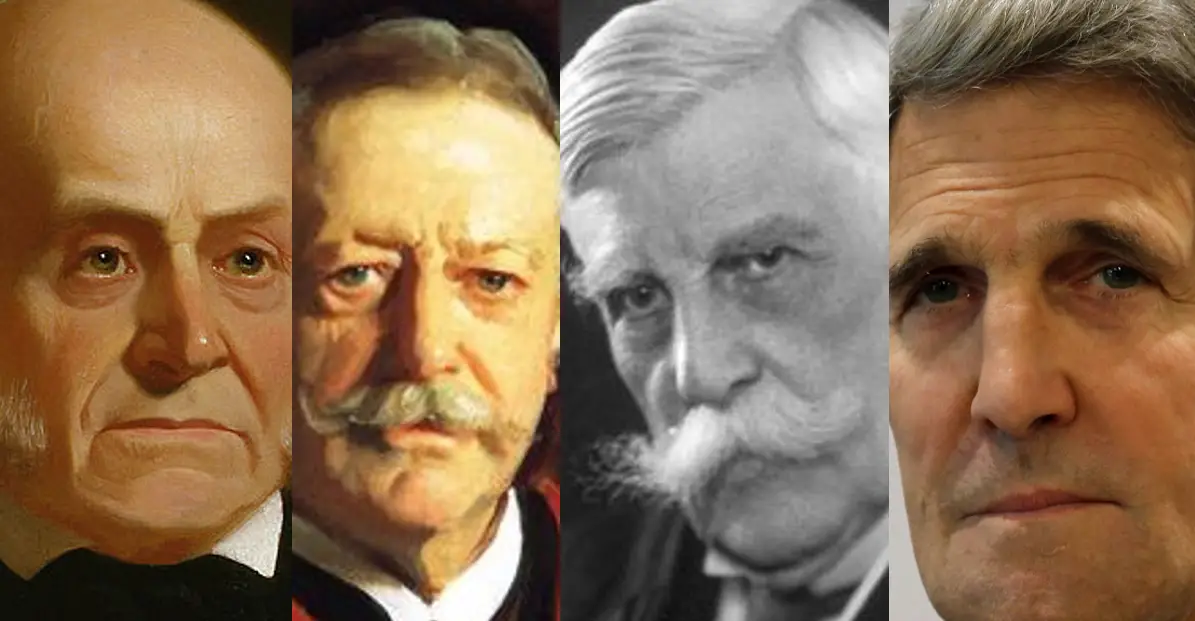The Boston Brahmin, a term coined by Oliver Wendell Holmes in 1861, refers to the aristocratic class of New England, specifically the families of English descent who settled in the Boston area in the 17th and 18th centuries. For over two centuries, the Boston Brahmin dominated the social, economic, and cultural landscape of Boston, earning a reputation for their wealth, education, and refined taste. In this article, we will delve into the history of the Boston Brahmin, exploring their origins, rise to power, and lasting impact on American society.

Early Settlement and the Emergence of the Boston Brahmin (1600s-1700s)
The first English settlers arrived in Boston in 1629, with many coming from East Anglia, a region in eastern England. These early settlers, including the famous Puritan leader John Winthrop, were largely merchants, traders, and artisans who sought to establish a new life in the New World. Over time, they developed a distinct culture and identity, shaped by their English heritage, Protestant values, and the harsh realities of life in the American colonies.
As the Massachusetts Bay Colony grew and prospered, a small group of families emerged as leaders, distinguished by their wealth, education, and social status. These families, including the Winthrops, the Saltonstalls, and the Danforth, formed the nucleus of the Boston Brahmin. They were characterized by their strong sense of community, commitment to public service, and dedication to the arts and education.
The Rise of the Boston Brahmin (1700s-1800s)
During the 18th and 19th centuries, the Boston Brahmin solidified their position as the dominant class in Boston. They accumulated vast fortunes through trade, commerce, and industry, and invested in the city’s infrastructure, including roads, bridges, and public buildings. They also established some of the country’s most prestigious educational institutions, such as Harvard University and the Boston Latin School, which became incubators for the next generation of Boston Brahmin leaders.
The Boston Brahmin were also known for their cultural achievements, particularly in the fields of literature, art, and music. They supported the work of prominent writers, such as Henry Wadsworth Longfellow and Ralph Waldo Emerson, and founded the Boston Athenaeum, one of the country’s oldest and most respected cultural institutions.
The Golden Age of the Boston Brahmin (1800s-1900s)
The late 19th and early 20th centuries are often referred to as the "Golden Age" of the Boston Brahmin. During this period, they reached the pinnacle of their power and influence, with many of their members holding prominent positions in politics, business, and society. The Boston Brahmin were instrumental in shaping the city’s development, from the construction of the Boston Public Garden to the establishment of the Museum of Fine Arts.
The Boston Brahmin were also known for their exclusivity and snobbery, with many of their social clubs and organizations, such as the Somerset Club and the Union Club, serving as bastions of privilege and prestige. They developed a distinct code of behavior, which emphasized propriety, respectability, and good breeding, and looked down upon those who did not conform to their standards.
Decline and Legacy (1900s-Present)
In the early 20th century, the Boston Brahmin began to decline as a dominant force in Boston society. The rise of new immigrant groups, such as the Irish and Italians, and the growth of the middle class, eroded their power and influence. Many of the old Boston Brahmin families lost their wealth and status, and their social clubs and organizations began to fade away.
Despite their decline, the Boston Brahmin left a lasting legacy in American society. They played a significant role in shaping the country’s culture, education, and politics, and their influence can still be seen in the many institutions and traditions they established. The Boston Brahmin also contributed to the development of the American aristocracy, with many of their members marrying into other prominent families and creating a network of wealthy and influential elites.
FAQ
Q: Who were the Boston Brahmin?
A: The Boston Brahmin were a group of aristocratic families of English descent who settled in the Boston area in the 17th and 18th centuries.
Q: What were the key characteristics of the Boston Brahmin?
A: The Boston Brahmin were known for their wealth, education, refined taste, and commitment to public service and the arts.
Q: What was the "Golden Age" of the Boston Brahmin?
A: The late 19th and early 20th centuries are often referred to as the "Golden Age" of the Boston Brahmin, during which they reached the pinnacle of their power and influence.
Q: How did the Boston Brahmin decline?
A: The Boston Brahmin began to decline in the early 20th century, due to the rise of new immigrant groups, the growth of the middle class, and the erosion of their power and influence.
Q: What is the legacy of the Boston Brahmin?
A: The Boston Brahmin left a lasting legacy in American society, shaping the country’s culture, education, and politics, and contributing to the development of the American aristocracy.
Conclusion
The Boston Brahmin were a unique and influential group of individuals who shaped the course of American history. Their commitment to education, public service, and the arts helped to establish Boston as a center of culture and learning, and their legacy can still be seen in the many institutions and traditions they established. While their decline as a dominant force in Boston society was inevitable, their impact on American society remains significant, and their history continues to fascinate and inspire us today. As we look to the future, it is worth remembering the values and principles that defined the Boston Brahmin, including their emphasis on education, community, and public service, and striving to build a society that is more just, equitable, and refined.
Closure
Thus, we hope this article has provided valuable insights into The Boston Brahmin: A History of Power, Prestige, and Privilege. We thank you for taking the time to read this article. See you in our next article!




